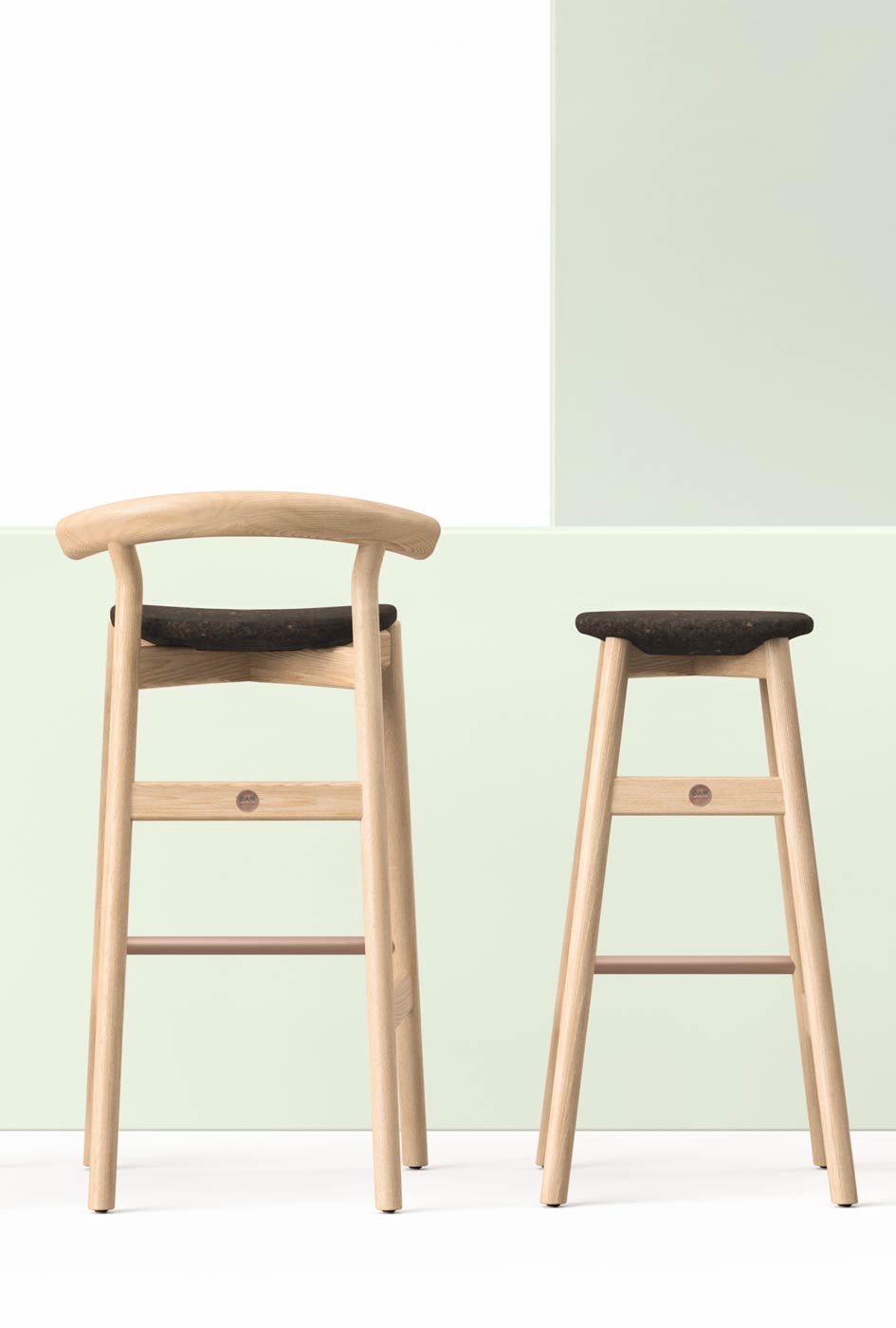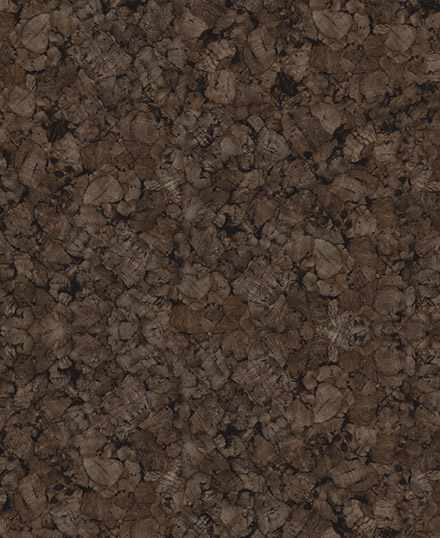
Agglomerated dark cork
Composition: 100% cork.
Characteristics: High performance in thermal, acoustic, and anti-vibration insulation. Resistant to abrasion and to impact. Waterproof and fire retardant (burns without a flame and does not emit toxic gases during combustion).
Finishing: Colourless aqueous coating with properties of water repellency, oil, and stains and high resistance to UV and aging, keeping the natural touch and breathability of cork.
Sustainability: Vegetable, biodegradable and recycled material. No risk to health and the environment. A cork oak has a life span around 200 years of age and can be corked around 18 times.
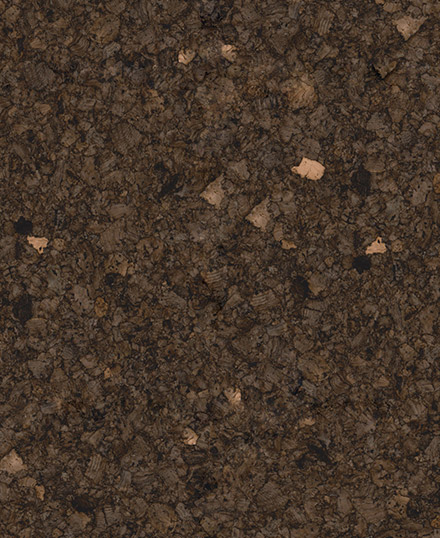
Composite dark cork
Composition: cork and resins.
Characteristics: High performance in thermal, acoustic, and anti-vibration insulation. Resistant to abrasion and to impact. Waterproof and fire retardant (burns without a flame and does not emit toxic gases during combustion).
Finishing: Colourless aqueous coating with properties of water repellency, oil, and stains and high resistance to UV and aging, keeping the natural touch and breathability of cork.
Sustainability: Vegetable, biodegradable and recycled material. No risk to health and the environment. A cork oak has a life span around 200 years of age and can be corked around 18 times.
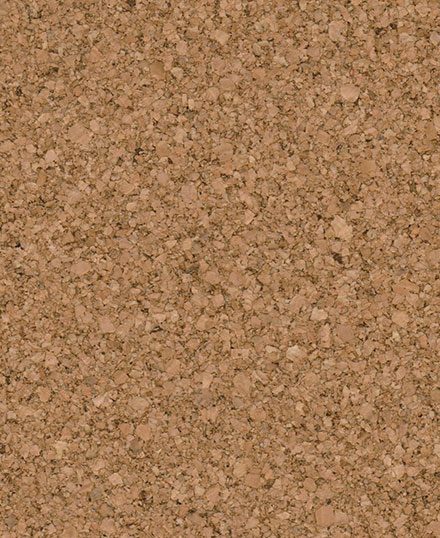
Composite light cork
Composition: cork and resins.
Characteristics: High performance in thermal, acoustic, and anti-vibration insulation. Resistant to abrasion and to impact. Waterproof and fire retardant (burns without a flame and does not emit toxic gases during combustion).
Finishing: Colourless aqueous coating with properties of water repellency, oil, and stains and high resistance to UV and aging, keeping the natural touch and breathability of cork.
Sustainability: Vegetable, biodegradable and recycled material. No risk to health and the environment. A cork oak has a life span around 200 years of age and can be corked around 18 times.
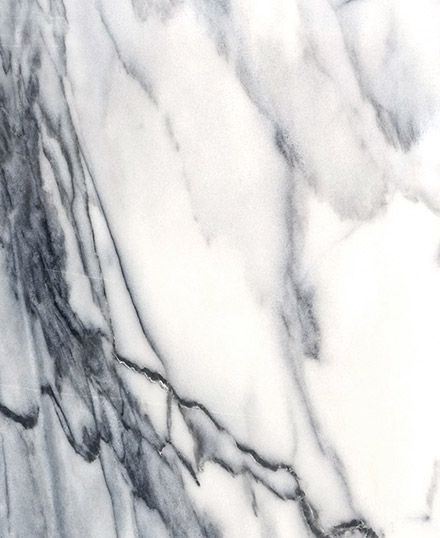
Marble
Name: Pele de Tigre.
Origin: Évora, Portugal.
Characteristics: Calcareous white marble with a fine to medium granoblastic texture and with dark greyish veins. Compression breaking load – 1020 kg/cm2.
Impact test – minimum fall H60 cm. Abrasion test – 3 mm.
Sustainability: The natural qualities of beauty, coloration, durability and easy conservation make Portuguese stone an efficient raw material. This industry in Portugal presents an extremely interesting in environmental and social sustainability: while extraction and transformation techniques are exceptionally competitive and of the highest quality, the more artisanal and manual techniques that are unique and irreplaceable have not been lost.
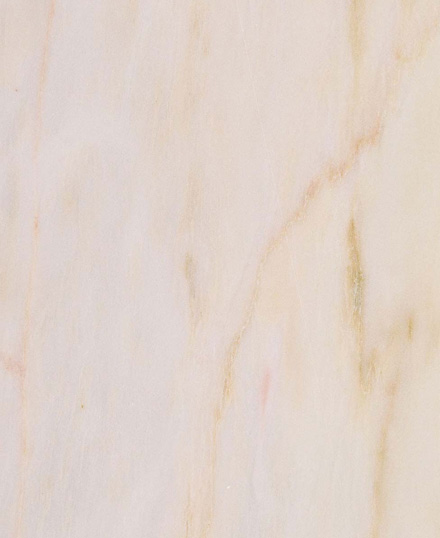
Marble
Name: Estremoz.
Origin: Évora, Portugal.
Characteristics: Medium grained calcite marble with granoblastic texture, beige with rosy, brownish and, sometimes, greyish small veins. Compression breaking load: 93 Mpa. Impact test: minimum fall H45 cm. Abrasion test: 2,2 mm.
Sustainability: The natural qualities of beauty, coloration, durability and easy conservation make Portuguese stone an efficient raw material. This industry in Portugal presents an extremely interesting in environmental and social sustainability: while extraction and transformation techniques are exceptionally competitive and of the highest quality, the more artisanal and manual techniques that are unique and irreplaceable have not been lost.

Limestone
Name: Rosa Negrais.
Origin: Pero Pinheiro, Sintra, Portugal.
Characteristics: It has a reddish colour with intricate wine-coloured veins. Compression breaking load: 140 Mpa. Impact test: minimum fall H55 cm. Abrasion test: 2,0 mm.
Sustainability: The natural qualities of beauty, coloration, durability and easy conservation make Portuguese stone an efficient raw material. This industry in Portugal presents an extremely interesting in environmental and social sustainability: while extraction and transformation techniques are exceptionally competitive and of the highest quality, the more artisanal and manual techniques that are unique and irreplaceable have not been lost.

Limestone
Name: Alpinina.
Origin: Leiria, Portugal.
Characteristics: Fine-grained beige limestone, with stylolites and thin calcitic and ferruginous veins, tectonized and fairly recrystallized. Compression breaking load – 1150 kg/cm2. Impact test – minimum fall H45 cm. Abrasion test – 1,9 mm.
Sustainability: The natural qualities of beauty, coloration, durability and easy conservation make Portuguese stone an efficient raw material. This industry in Portugal presents an extremely interesting in environmental and social sustainability: while extraction and transformation techniques are exceptionally competitive and of the highest quality, the more artisanal and manual techniques that are unique and irreplaceable have not been lost.
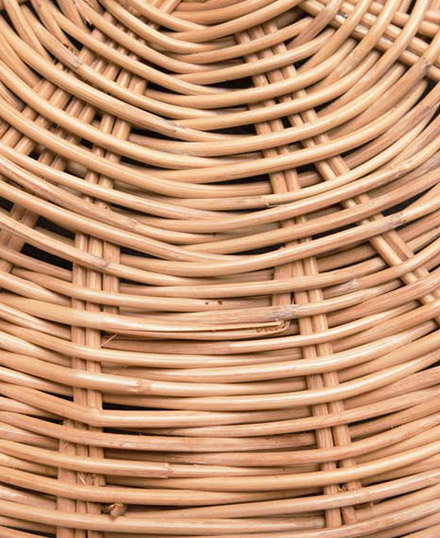
Stems of osier
Origin: Barcelos, Portugal.
Characteristics: The wicker basket is made of long thin stems of osier. It is a raw material of vegetable origin obtained from species of the genus Salix, of the Salicaceae family. Characterized by its flexibility, the thin and supple nature of the stems makes them ideal for bending and weaving in various crafts.
Finishing: Colorless aqueous coating.
Sustainability: Willows are known for their fast growth, and their stems can be harvested on a sustainable basis, making them a renewable resource. It is 100% natural and environmentally-friendly.

Lakeshore Bulrush
Origin: Portugal.
Characteristics: Twisted vegetable cord made of lakeshore bulrush. This raw material comes from the herbaceous plant (Schoenoplectus lacustris) of the reed family, found in several wet and swampy places on the mainland.
Finishing: Colorless aqueous coating.
Sustainability: It is a plant fiber of spontaneous growth and does not require any type of care before the harvest. Bulrushes play a crucial role in stabilizing shorelines and providing habitat for various aquatic and bird species. They help prevent soil erosion and contribute to the overall health of wetland ecosystems. It is 100% natural and environmentally-friendly.
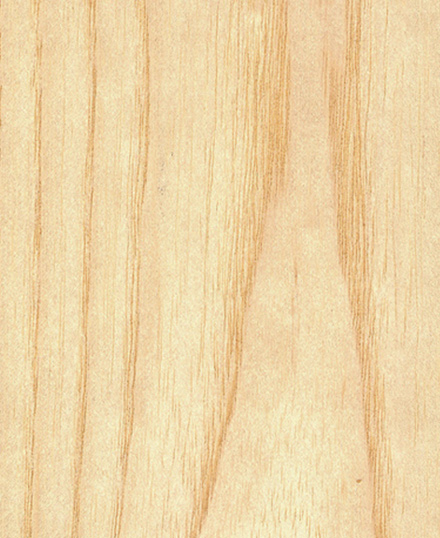
Solid ash
Origin: European solid ash.
Characteristics: European Ash is a hardwood with versatility and simple beauty. This dense timber has a coarse yet even texture, compressive strength, and an appealing straight grain.
Finishing: Colorless or colorful matt varnish that enhances and protects the natural beauty of the wood. The varnish has a special UV protection that prevents discoloration, and also forms a water repellent layer.
Sustainability: The wood comes from forests controlled through a custody protocol that includes plantation, logging, and drying. The process is covered by the FSC Certification which guarantees wood originating from replanted and controlled forests. Wood can last a lifetime but it needs some maintenance and care, because it is sensitive to variations in temperature and humidity.
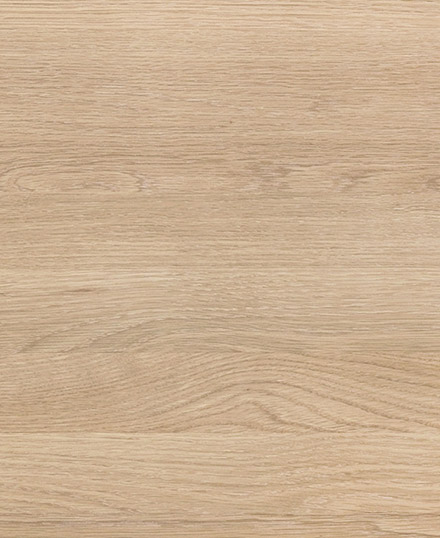
Solid oak
Origin: American solid oak.
Characteristics: Oak has great density, outstanding durability and simple, understated beauty. It has a coarse texture with open pores. It is moisture-resistant and resistant to decay.
Finishing: Colorless or colorful matt varnish that enhances and protects the natural beauty of the wood. The varnish has a special UV protection that prevents discoloration, and also forms a water repellent layer.
Sustainability: The natural qualities of beauty, coloration, durability, and easy conservation make Portuguese stone an efficient raw material. This industry in Portugal presents an extreme interest in environmental and social sustainability: while extraction and transformation techniques are exceptionally competitive and of the highest quality, the more artisanal and manual techniques that are unique and irreplaceable have not been lost.
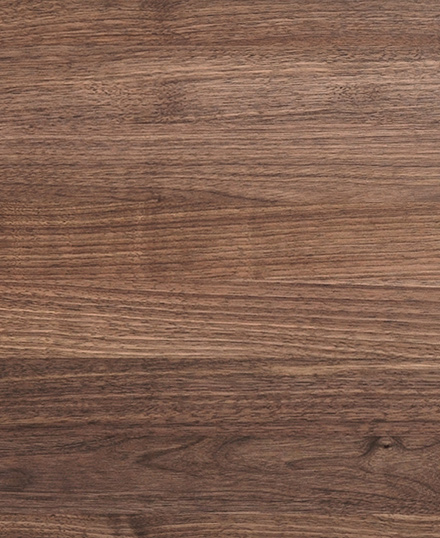
Solid walnut
Origin: American solid walnut.
Characteristics: This solid walnut has a fine, even grain and smooth and generally even texture. Walnut is moderately dense, offering a good balance between hardness and workability. Its color is dark brown to chocolate brown, often with lighter streaks.
Finishing: Colorless or colorful matt varnish that enhances and protects the natural beauty of the wood. The varnish has a special UV protection that prevents discoloration, and also forms a water repellent layer.
Sustainability: The natural qualities of beauty, coloration, durability, and easy conservation make Portuguese stone an efficient raw material. This industry in Portugal presents an extreme interest in environmental and social sustainability: while extraction and transformation techniques are exceptionally competitive and of the highest quality, the more artisanal and manual techniques that are unique and irreplaceable have not been lost.
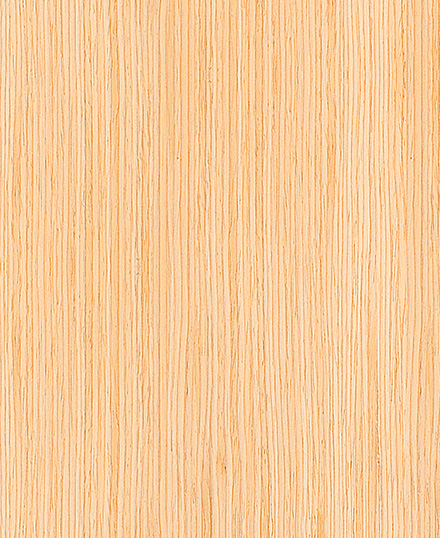
Oak veneer
Origin: European oak veneer.
Characteristics: It is a thin layer of oak wood that is peeled or sliced from a log and then applied to a medium-density fiberboard (MDF) to create a panel or sheet. Oak veneer retains the natural and distinctive grain patterns and color of solid oak. Veneered panels tend to be more stable than solid wood, as they are less prone to warping or splitting due to changes in humidity.
Finishing: Colorless or colorful matt varnish that enhances and protects the natural beauty of the wood. The varnish has a special UV protection that prevents discoloration, and also forms a water repellent layer.
Sustainability: Using veneer allows for more efficient utilization of timber resources, as the thin veneer can be obtained from a single log and applied to multiple panels.
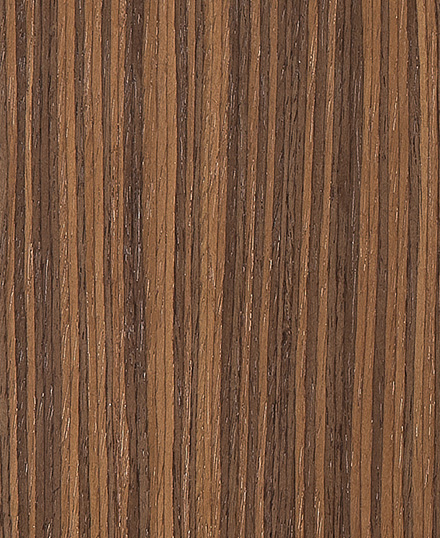
Walnut veneer
Origin: European walnut veneer.
Characteristics: The walnut veneer features the same color of the solid walnut wood. Veneered panels are more stable than solid wood, less susceptible to warping, and more resistant to changes in humidity.
Finishing: Colorless or colorful matt varnish that enhances and protects the natural beauty of the wood. The varnish has a special UV protection that prevents discoloration, and also forms a water repellent layer.
Sustainability: Veneer is an efficient use of wood resources, allowing for multiple panels to be produced from a single log, promoting sustainability in timber utilization.
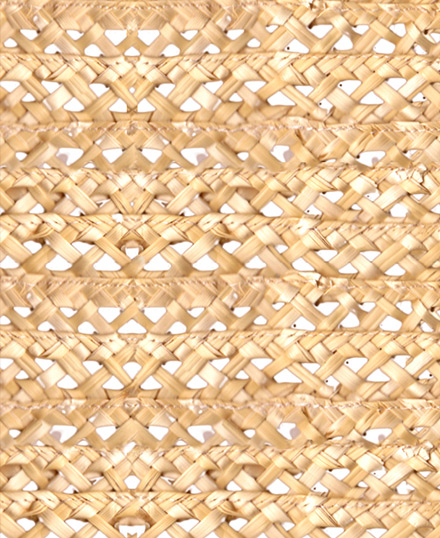
Rice straw
Origin: Fafe, Portugal.
Composition: 100% rice straw, made with natural braided fiber.
Characteristics: Hand-sewn open straw braid. Initially green, turns yellow or beige when dry. After dried, rice straw is flexible and can be easily manipulated, making it suitable for weaving, braiding, or other craft techniques. It decomposes slowly due to high lignin.
Sustainability: Rice straw is a byproduct of rice cultivation, and its use doesn’t involve harvesting the primary crop for the purpose of crafting. It is a renewable resource generated as a natural part of the rice production process. Rice straw is biodegradable and doesn’t pose long-term environmental concerns. Utilizing rice straw for crafts helps reduce agricultural waste. Rather than disposing of or burning the straw after rice harvest, repurposing it for crafts contributes to waste reduction.
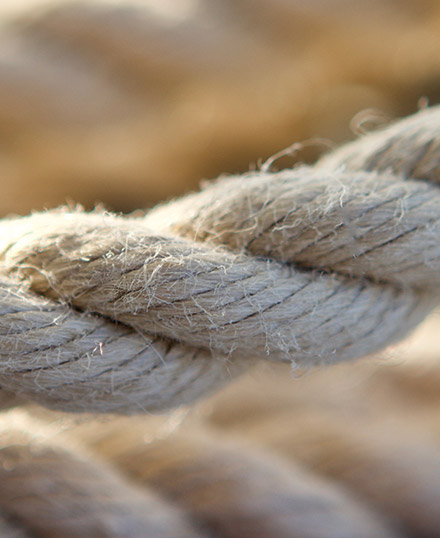
Hemp rope
Origin: Spain.
Composition: Hemp rope is a natural fiber rope made from the fibers of the hemp plant (Cannabis sativa). The rope we use is made with this natural fiber twisted wire with 4 cables.
Characteristics: Hemp rope is known for its strength and durability. It has a good tensile strength and friction. It is a natural fiber with good grip, the knot is strong and tight, so it does not undo itself. Hemp fibers are naturally resistant to ultraviolet (UV) rays, can withstand a range of temperatures and is resistant in humid conditions, so it is suitable for outdoor use.
Sustainability: Hemp rope is considered sustainable due to the renewable nature of hemp plants, low environmental impact in cultivation, and biodegradability. Hemp’s carbon sequestration, durability, and versatility further contribute to its eco-friendly qualities.

Cotton rope
Origin: Spain.
Composition: Cotton rope is made from natural cotton fibers, which are soft and pliable. The natural fibers are twisted wire with 4 cables.
Characteristics: It has good tensile strength and friction. It is a natural fiber with a good grip, the knot is strong and tight, so it does not undo itself. Cotton rope is soft, versatile, and absorbent, making it suitable for crafts and decoration. It has lower tensile strength than hemp, is biodegradable, and can absorb dyes well. However, it is not UV resistant, and its moisture retention may limit its use in wet conditions.
Finishing: Dyeing in 4 colors.
Sustainability: The sustainability of cotton rope is influenced by the environmental impact of cotton cultivation. While cotton is a natural and biodegradable fiber, traditional cotton farming often involves heavy pesticide and water usage. To minimize this impact, we use recycled cotton ropes.

‘Step’ fabric by Gabriel
Origin: Serra da Estrela, Portugal.
Composition: 100% sheep’s wool, 800 gr/m.
Characteristics: Burel is a high-quality rustic fabric made from pure wool of Serra da Estrela sheep, such as the Bordaleira, Churra, and Merina breeds. It doesn’t give off fluff. It has high tensile strength, breakage, pressure and exposure to light. It helps to reduce sound reverberation, having a very effective sound absorption performance: 100% at 3150 khz. The wool fiber structure of this fabric is waterproof, with a water resistance of 98.5%, which means that, even absorbing moisture, it dries very quickly.
Maintenance: Maximum hand wash 30ºC; Do not use bleaches; Do not use dryer; Maximum iron temperature 150ºC; Dry cleaning allowed.
Sustainability: Supports intensive use without changing color and shape. No heavy metals.
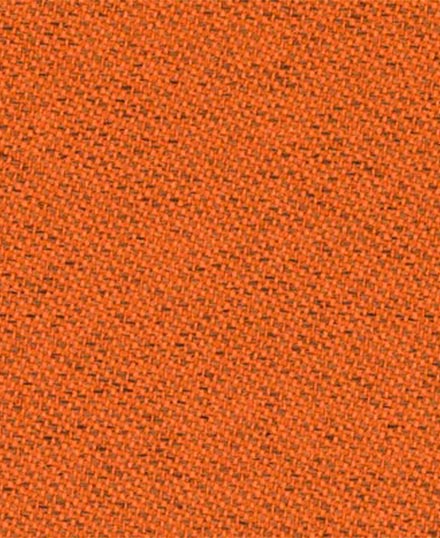
‘Chili’ fabric by Gabriel
Composition: 75% post-consumer recycled polyester fr / 25% polyester fr (fr inside the fiber).
Durability: 60.000 rubs Martindale (EN ISO 12947-2).
Application: contract.
Maintenance: wash or dry cleaning P(W). Always follow the manufacturer’s instructions.
Characteristics: Chili is made from post-consumer recycled flame retardant polyester. The fabric offers superior flame retardancy, meeting the most stringent flammability requirements. So, it is designed for use in environments where fire safety is a top priority and with special requirements for cleaning. The color palette has 47 colors.
Sustainability: No heavy metals. It carries the STANDARD 100 by OEKO-TEX®.

‘Luna 2’ fabric by Gabriel
Composition: 90% New Zealand wool / 10% polyamide.
Durability: 70,000 rubs Martindale (EN ISO 12947-2).
Application: contract – soft seating.
Maintenance: Dry cleaning P(S).
Characteristics: It has high abrasion resistance.
Sustainability: It carries the Oeko-Tex health label and the EU environmental Ecolabel.

‘Burel’ fabric by Burel Factory
Origin: Serra da Estrela, Portugal.
Composition: 100% sheep’s wool, 800 gr/m.
Characteristics: Burel is a high-quality rustic fabric made from pure wool of Serra da Estrela sheep, such as the Bordaleira, Churra, and Merina breeds. It doesn’t give off fluff. It has high tensile strength, breakage, pressure and exposure to light. It helps to reduce sound reverberation, having a very effective sound absorption performance: 100% at 3150 khz. The wool fiber structure of this fabric is waterproof, with a water resistance of 98.5%, which means that, even absorbing moisture, it dries very quickly.
Maintenance: Maximum hand wash 30ºC; Do not use bleaches; Do not use dryer; Maximum iron temperature 150ºC; Dry cleaning allowed.
Sustainability: Supports intensive use without changing color and shape. No heavy metals.
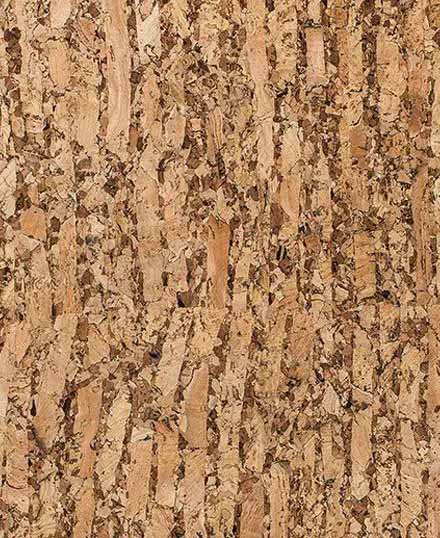
Cork fabric
Composition: Natural cork sheet with surface finish type “E” and reinforcement substrate type “H”.
Durability: Supports intensive use without changing colour and shape.
Application: contract.
Maintenance: Wash the hand; Do not twist; Do not iron; Drum drying forbidden; Do not bleach.
Characteristics: Organic, waterproof, abrasion and fire resistant, soft to touch, durable, stitchable, anti- bacterial, hygienic and easy to clean. This material maintains the natural beauty and durability of cork while being free from harmful substances.
Sustainability: Free of heavy metals or their organic solvent compounds, mineral fibres or formaldehyde. So, cork fabric is free of substances that may cause harm to the environment or health.

Felt
Origin: Serra da Estrela, Portugal.
Composition: Merino wool.
Characteristics: Felt is valued for its softness, warmth, and resilience. Felt can vary in texture, from soft and plush to more firm and dense. Felt is a durable material, and its dense structure provides resistance to wear and tear.
Maintenance: Use a soft brush or a lint roller to remove dust and lint from the surface of the felt. Brush in the direction of the fibers to avoid damage. Natural moth repellents such as cedar sachets or lavender sachets can help deter moths. Prolonged exposure to direct sunlight can cause fading in colored felt, so keep the felt items away from direct sunlight.
Sustainability: We use the felt waste from the Portuguese hat making industry, intertwined in a pattern. And these fibers are renewable and biodegradable. Felt’s durability contributes to its sustainability by potentially extending the lifespan of products.
How can I get a DAM sample box?
You can request samples by email or by telephone, our team helps you! Soon you will be able to order in our online store!
- Mobile: +351 920 401 918
- Email: contact@damportugal.com
How do I care for my new cork and wood pieces?
Keep your new pieces away from direct sunlight. The discoloration will happen over time if left in the sun. And most important, give them all your love.
Do the products need to be assembled?
Our products are ready to use. They do not need to be assembled.
My product has been damaged. Do you sell spare parts for it?
It depends on the product. In case of damage, you should contact us and we will analyse case by case, giving you feedback as soon as possible, so you can quickly enjoy your DAM product to the fullest.
How do I clean a textile-upholstered product?
We recommend you vacuum your upholstered product every week, at low power and with the soft mouthpiece, to prevent the filling from shifting and the fibres being pulled out during vacuuming.
